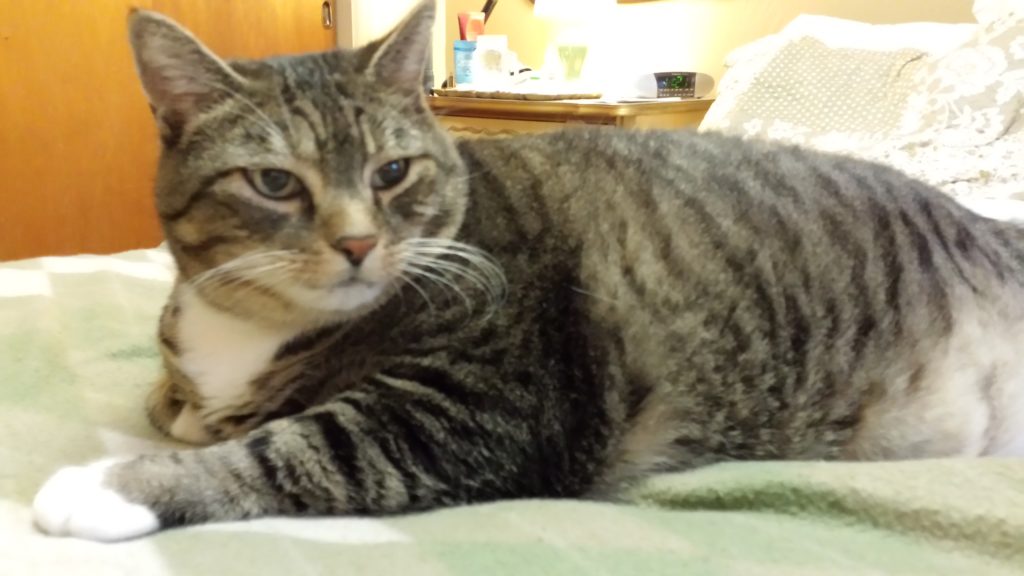
Writing nonfiction articles or books? Use call outs, sidebars and breakout boxes to enhance your text.
Writing Tip for Today: Here are some tips for more effective call outs, sidebars and breakout boxes:
Call Outs
In publishing lingo, a call out is a direct quote from nearby material in an article or book chapter. The font is often much larger than the rest of the manuscript and can use color, an image or other design elements to make it stand out. A call out’s quotation is one thought that the author wishes to emphasize. Call outs break up large chunks of prose and also call attention to what you want the reader to remember.
Keep call outs brief. Often, you can edit down an important sentence to a few essential words. Some writers say to aim for twelve to fifteen characters in a call out. As long as you keep it short and sweet, you lift a quotation from your body text. Think of the call out as a bullet point rather than a full sentence.
Avoid overusing call outs. The purpose is to highlight a key point pulled out of the document. You want to grab a reader’s attention so he or she will read the document and remember the point after having read it. If there are too many call outs, readers will feel overwhelmed. For maximum impact, limit your call outs to extra-important points you wish to make.
Sidebars
Like call outs, sidebars also help break up the text and keep it from appearing too dry or dense. But instead of lifting text out of the main article or chapter, a sidebar features related but slightly different material, usually content that goes into detail, showcases or delves deeper into the topic. As the name explains, a sidebar is traditionally placed next to the main text, separated in some way by a line, box or other divider.
A sidebar can also provide a way to present ideas and concepts related to the chapter but that don’t really fit well in the main text. Sidebars are usually short articles or stories in their own right, with a beginning, middle and end. Set your sidebars apart by using a different font, color or design than the body text. Some sidebars include images while others use bulleted lists. Most sidebars should fit on the same page as the content it is related to.
Tips for building a sidebar include: using a headline or other header to make the sidebar stand out; encasing the sidebar with a solid line around its edges; using a sans serif font to further distinguish it from the main text. Sidebars are handy for utilizing information that doesn’t fit comfortably into the main piece but that goes a bit farther to give bonus information on the topic. Don’t rehash or duplicate the main body content. Choose content that adds value to the main piece.

Sidebars use a headline & different font to set them apart.
Breakout Boxes
According to editor Rob Bignell, breakout boxes hold related text that isn’t long enough to form a whole article for a sidebar. It might be a list, a quotation, or a factoid that relates to the main text. The concept is the same, though: breakout boxes call attention to information you think readers need or that will add to their understanding or enjoyment.
I think a breakout box is somewhere in-between a call out and a sidebar: too long to be a call out, but shorter than many sidebars. The common link is that all these devices are meant to draw readers’ attention.
In a short article or story, you’ll probably only place one or two call outs, sidebars or breakout boxes. In a book-length work, each chapter or section might benefit from a little extra attention. Don’t overuse these tools but place them judiciously to enhance your most important takeaways. Your readers will appreciate the added value. And breaking up large passages will enliven and refresh even long passages of text.





Very helpful, thank you for posting this!
Do call outs come before or after the text itself?
Hi Dave,
Most call outs are on the page to the left of the text. They are meant to emphasize (either at the same time or just before or after) the text. I don’t know if it matters (before or after), just that a call out should appear very close to the text it emphasizes. Hope this helps.
Keep Writing,
Linda